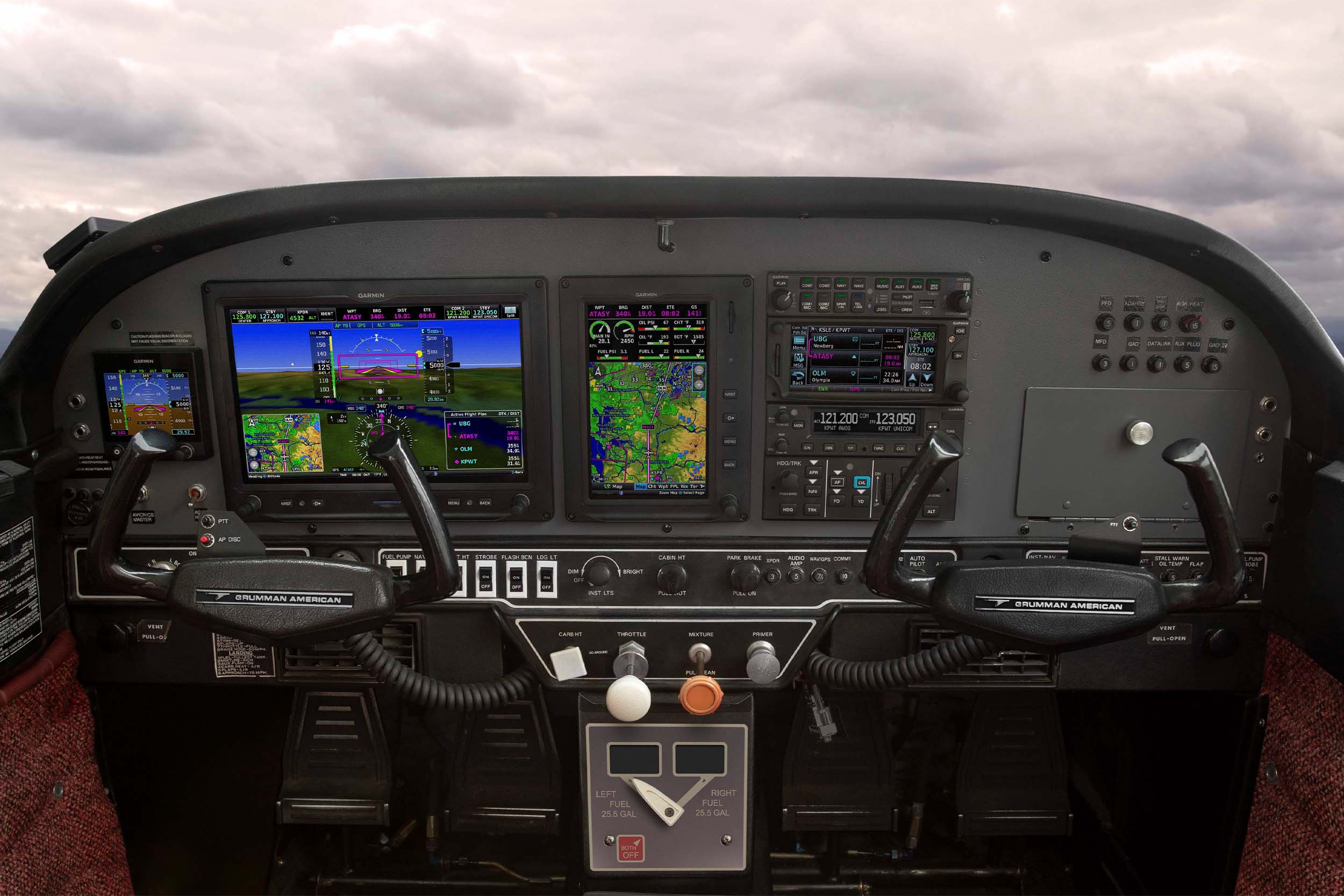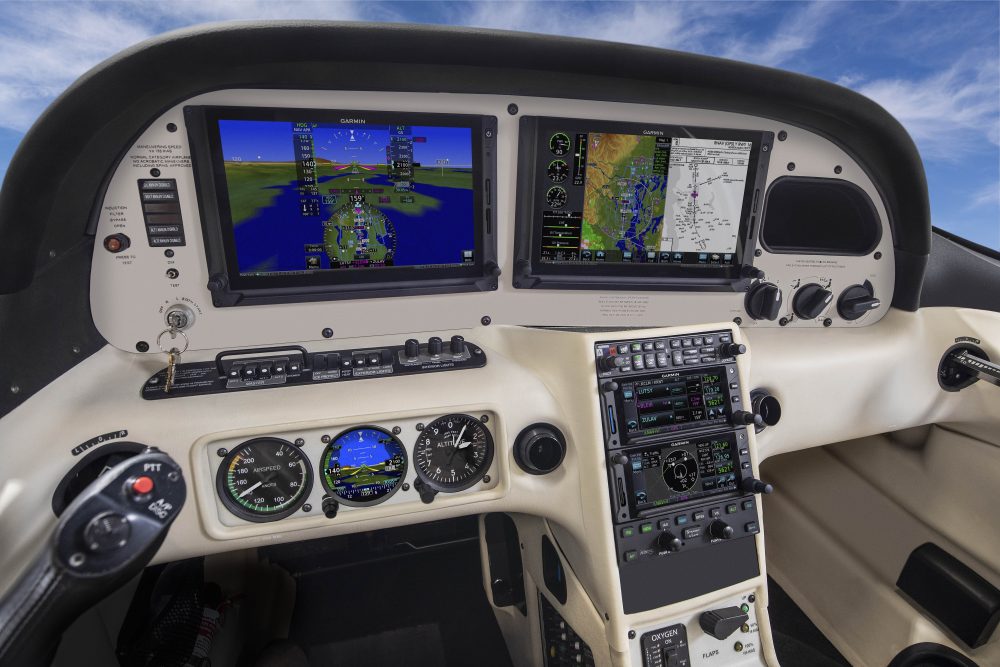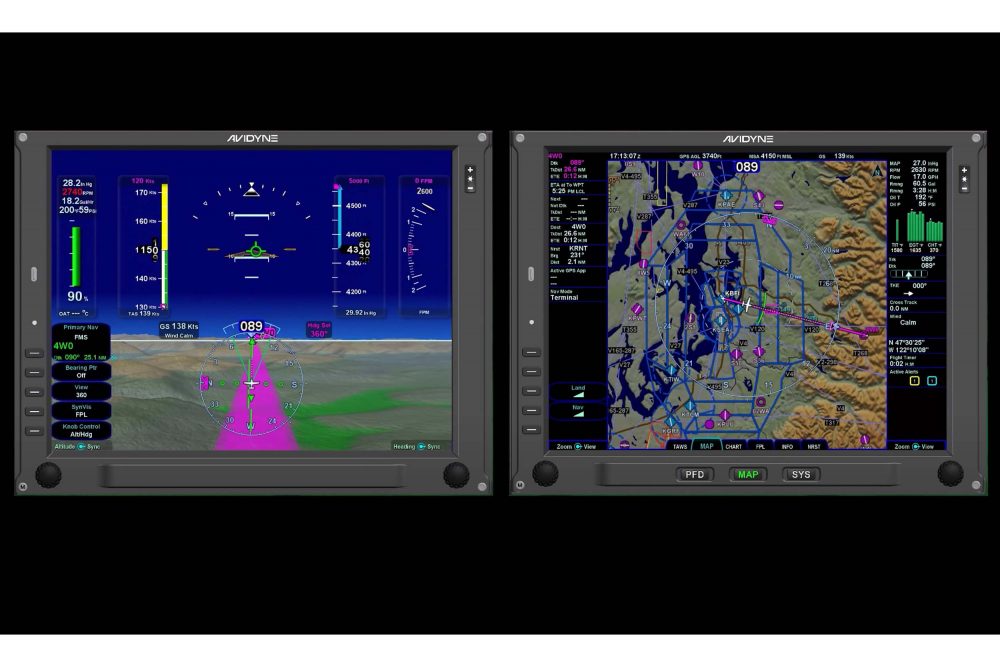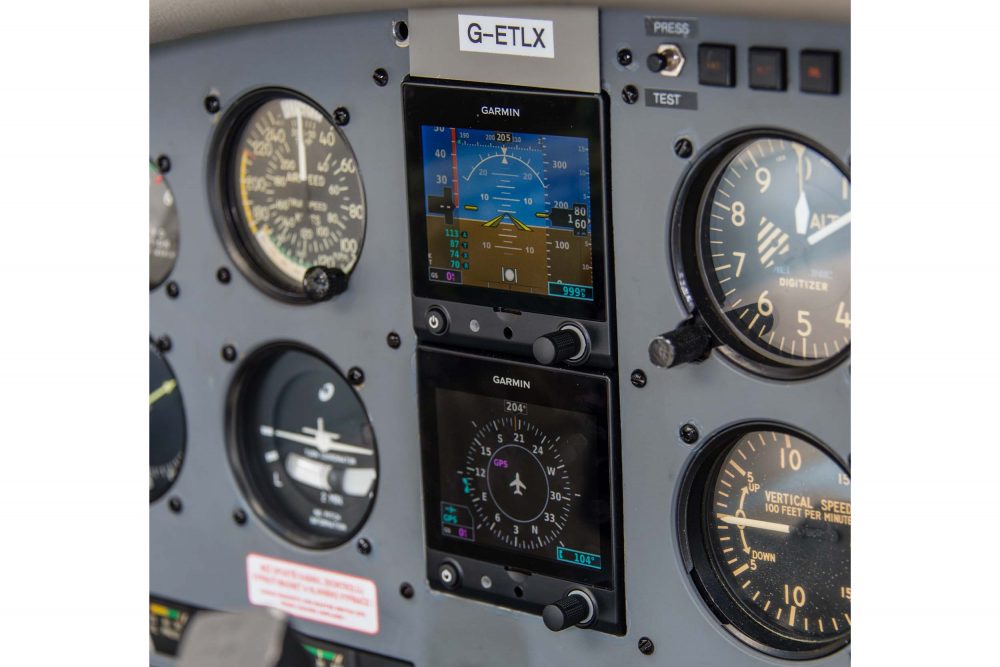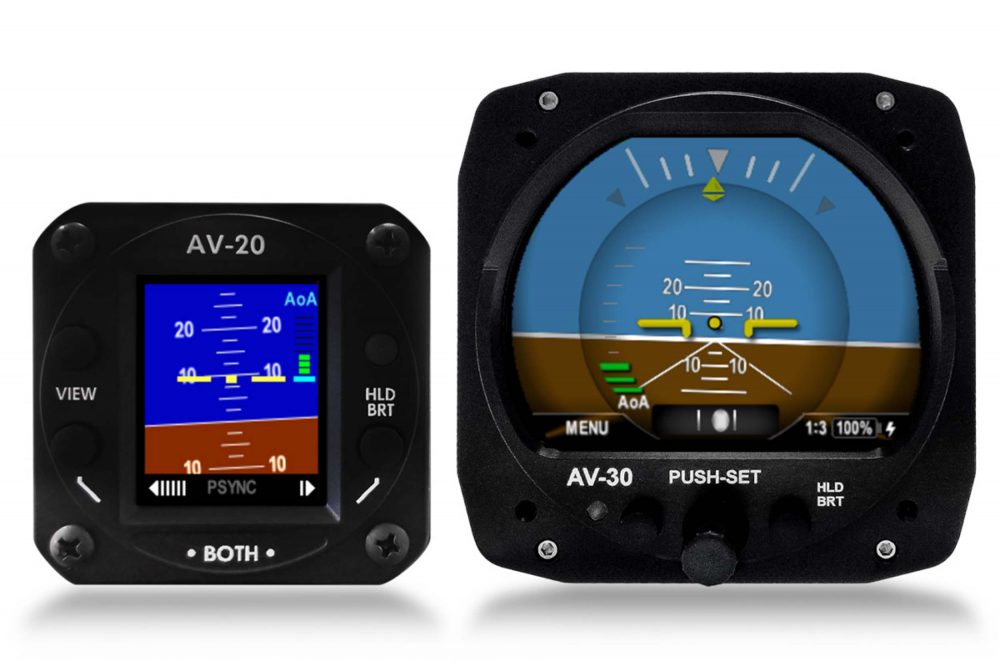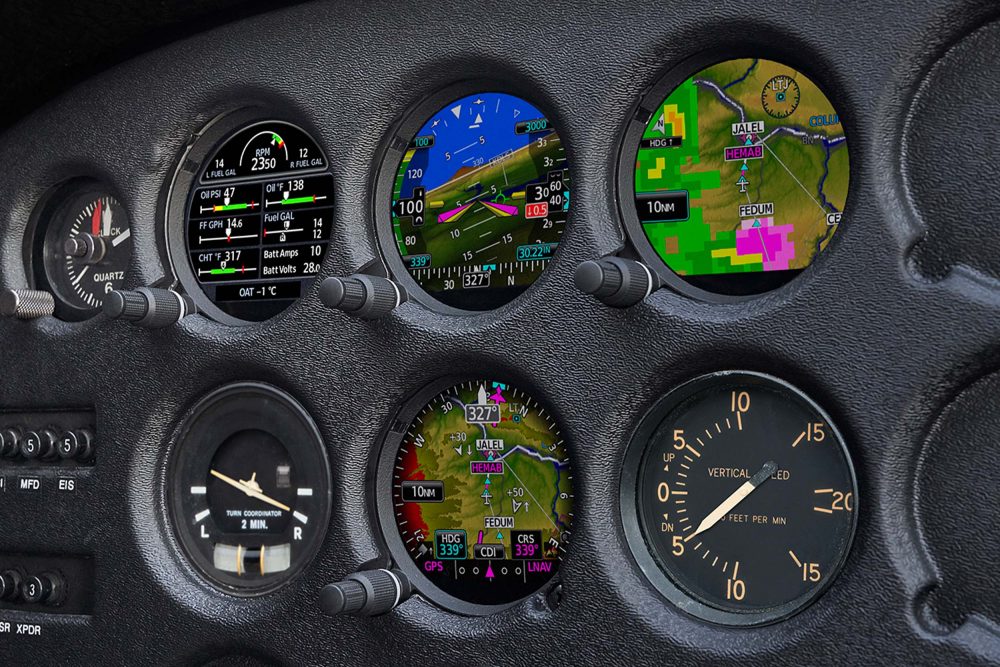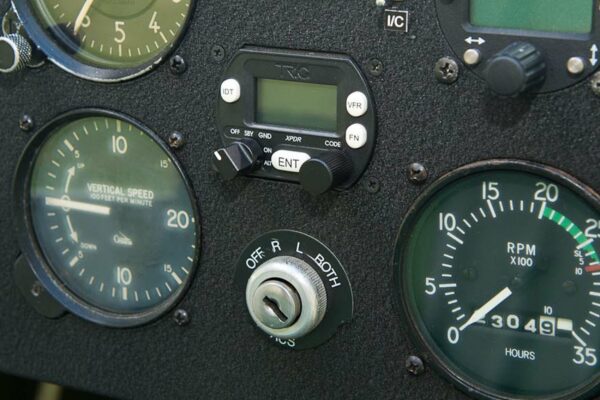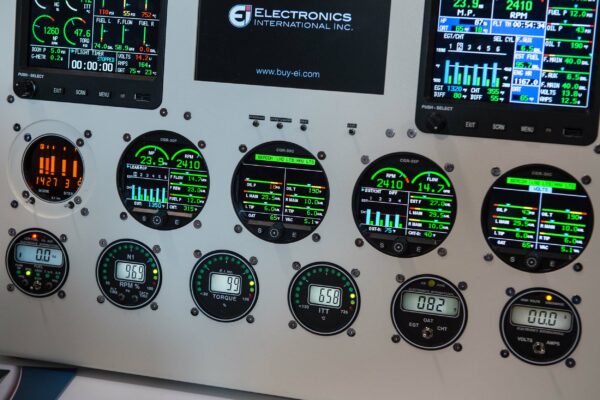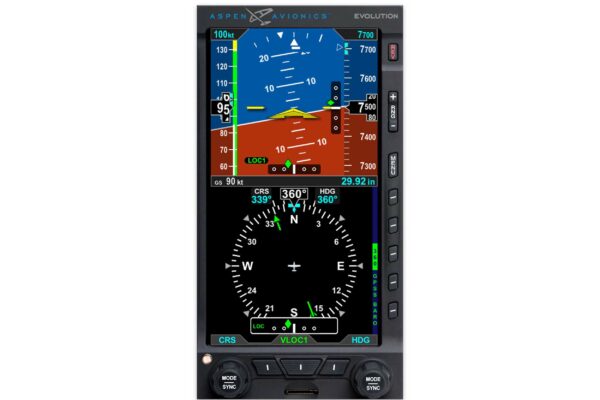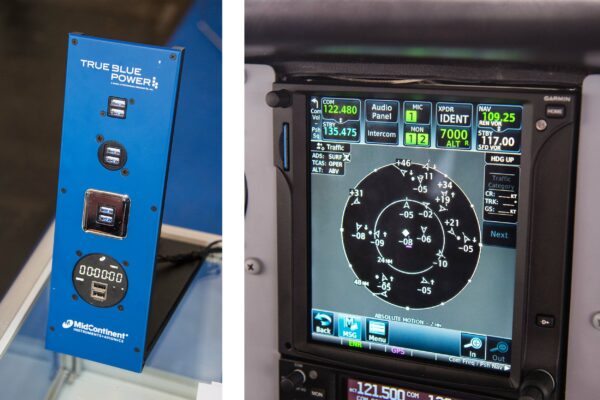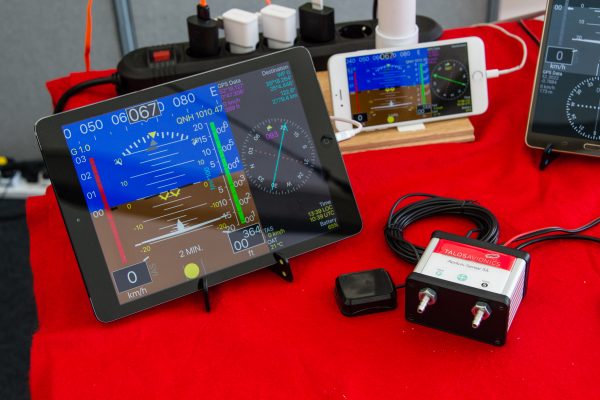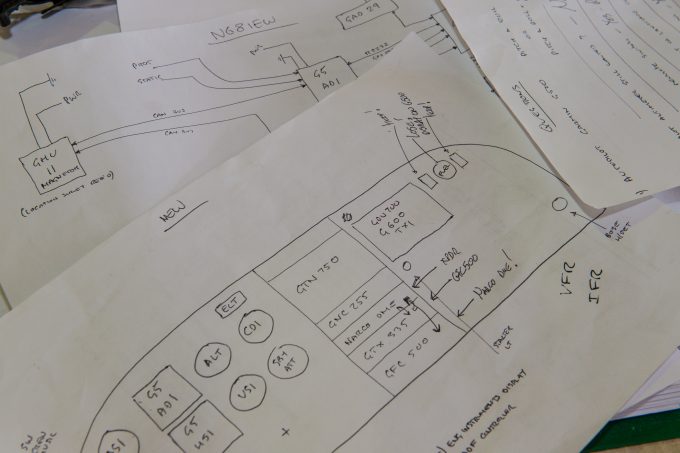Autopilots – better than ever…
The good news is that modern digital autopilots are more capable than ever. Once fully understood, they’re capable of flying the aeroplane with more accuracy and consistency than you or I will ever manage, and they free up that most valuable of things, mental capacity.
The bad news is that installing a fully integrated autopilot means wiring it into your other avionics as well as all sorts of mechanical control systems too.
From a feature and accuracy vs cost point of view they’ve never been better value, but by the time they are fitted the bill still has the potential to make your eyes water! That said, if your ‘thing’ is IFR or decent distance touring, a good autopilot will leverage your investment in the aeroplane and its shiny new avionics better than anything else.
There are of course decisions to be taken, some will be dictated by regulatory availability – does your autopilot of choice have an STC for your aeroplane? Some by capability – do you just want your autopilot to be able to hold wings level or follow a heading bug, or do you want something that’s completely capable of vertical navigation and fully coupled instrument approaches?
The main competitors in the market for retro-fitted autopilots are Genesys (as S-TEC), Garmin and Avidyne. Without a doubt the S-TEC line has more approvals for its autopilots than any other manufacturer, but many are older rate-based systems with safe but legacy levels of performance.
Avidyne’s DFC90 is an attitude-based digital autopilot that works well with already fitted S-TEC servos, so it can be a cost-effective way of upgrading an existing system in certain models without having to start from scratch, while Garmin’s GFC500 and GFC600 are bringing fantastic capability to an increasingly large number of airframes at a cost of acquisition (if not installing) that’s affordable (in aviation terms).
One feature of the newer digital autopilots is envelope protection. With the Garmins this runs in the background when the autopilot is off, so if you overbank, fly too fast or too slow, the autopilot will intervene, nudging things back where they belong. Worry not, it’s easy to disengage, and can be switched off completely for certain kinds of training.


